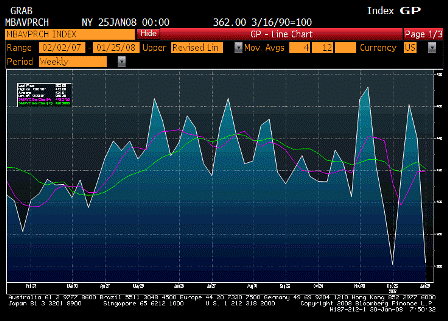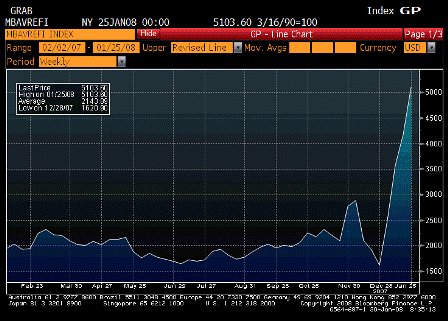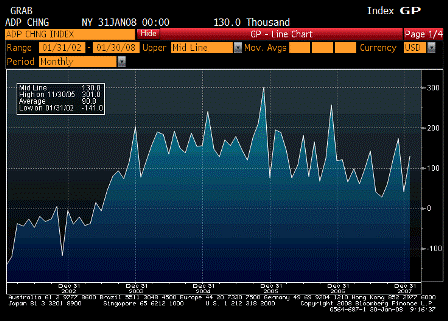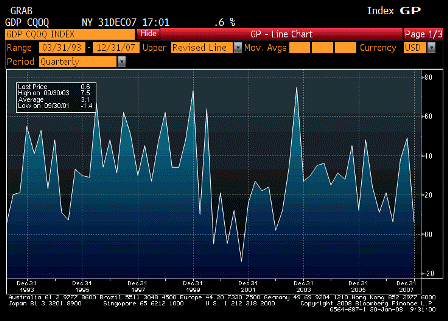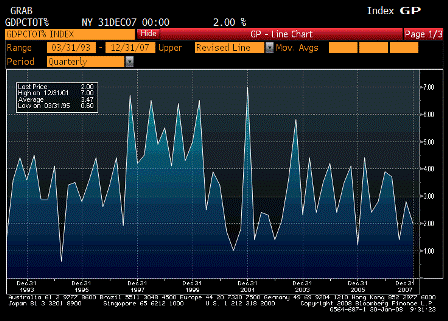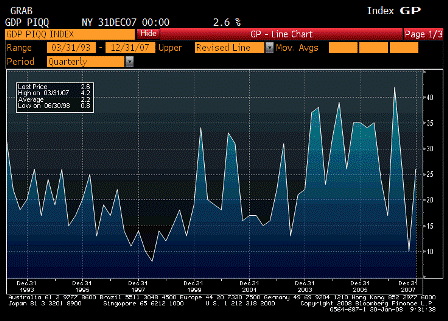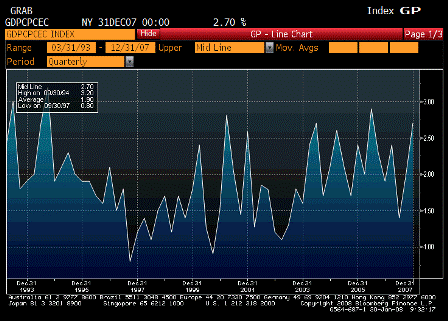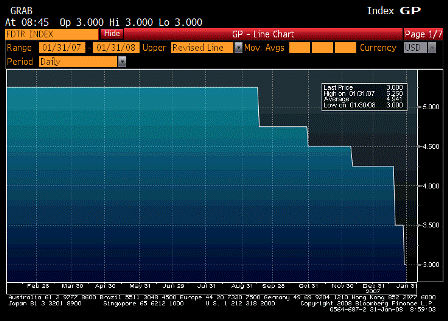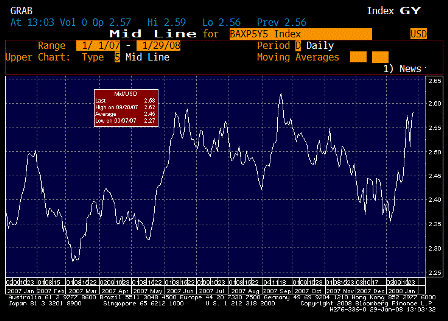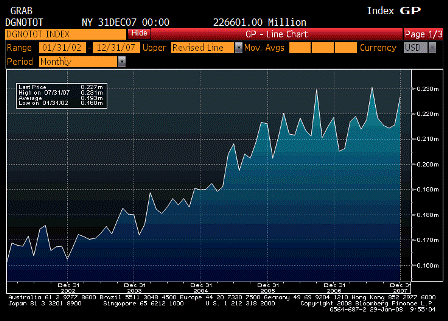
Durable Goods Orders Total (Dec)
| Survey |
n/a |
| Actual |
226,601 |
| Prior |
215,433 |
| Revised |
n/a |
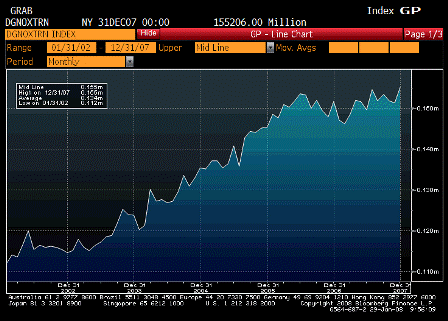
Durables Ex Transportation Total (Dec)
| Survey |
n/a |
| Actual |
155,206 |
| Prior |
151,303 |
| Revised |
n/a |
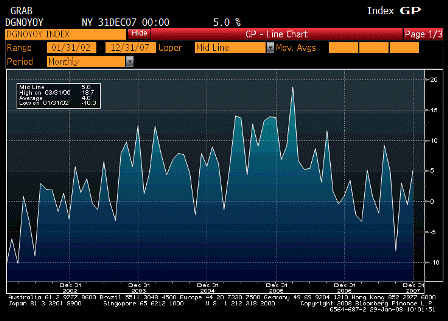
Durable Goods YoY % Change
| Survey |
n/a |
| Actual |
5.0% |
| Prior |
-0.6% |
| Revised |
n/a |
Doesn’t look much like recession to me. November revised up to where last month’s number might have changed impressions as well.
This also increases the chances that the December employment number gets revised up this Friday, along with a lower unemployment number for January.
From Karim:
The 5.2% rise in DGO is a bit of a mixed bag
–81% rise in aircraft orders (likely to help exports)
–ex-aircraft and defense still up 4.4%;
Yes, that’s what an export economy looks like.
but looks like making up for lost ground as 3mth trend (annualized) falls from -1.2% to -2.8%
–more troubling is shown in chart attached; inventory/shipments ratio threatening multi-year highs (inverted on chart); suggests more downside for industrial production in period ahead
Or it could mean larger shipments being readied.
Unfilled orders up 2.5% month over month; up 18.5% year over year,
Johnson-Redbook and ICSC chain store sales reflect weak January; sales about flat to December.
Yes, that’s what an export economy looks like. Decent employment but weaker domestic real consumption, as more of the output gets shipped abroad rather than getting consumed domestically.
Case-Shiller Index falls from -6.07% y/y to -7.74% y/y. 10 largest metro-areas fall from -6.67% to -8.42% y/y.
Yes, a November number. Real estate in largest areas was still falling back then.
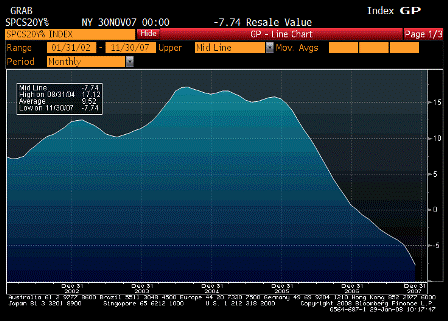
S&P/CS Composite-20 YoY (Nov)
| Survey |
-7.1% |
| Actual |
-7.7% |
| Prior |
-6.1% |
| Revised |
n/a |
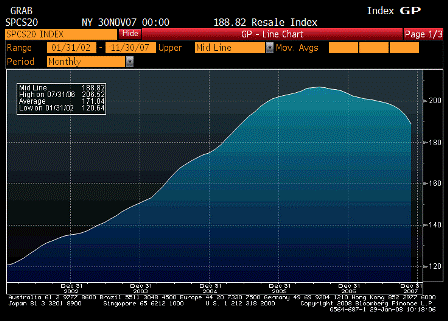
S&P/CS Home Price Index (Nov)
| Survey |
n/a |
| Actual |
188.8 |
| Prior |
192.9 |
| Revised |
192.9 |
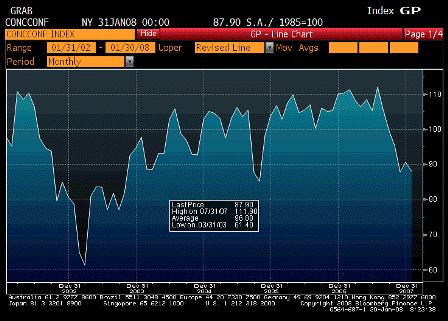
Consumer Confidence (Jan)
| Survey |
87.0 |
| Actual |
87.9 |
| Prior |
88.6 |
| Revised |
90.6 |
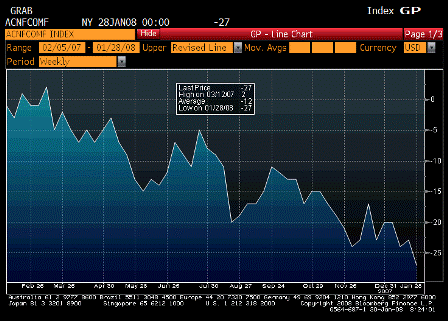
ABC Consumer Confidence (Jan)
| Survey |
-24 |
| Actual |
-27 |
| Prior |
-23 |
| Revised |
n/a |
Still looking weak. But with CNBC turning more positive on the economy, this might turn up soon.
♥

